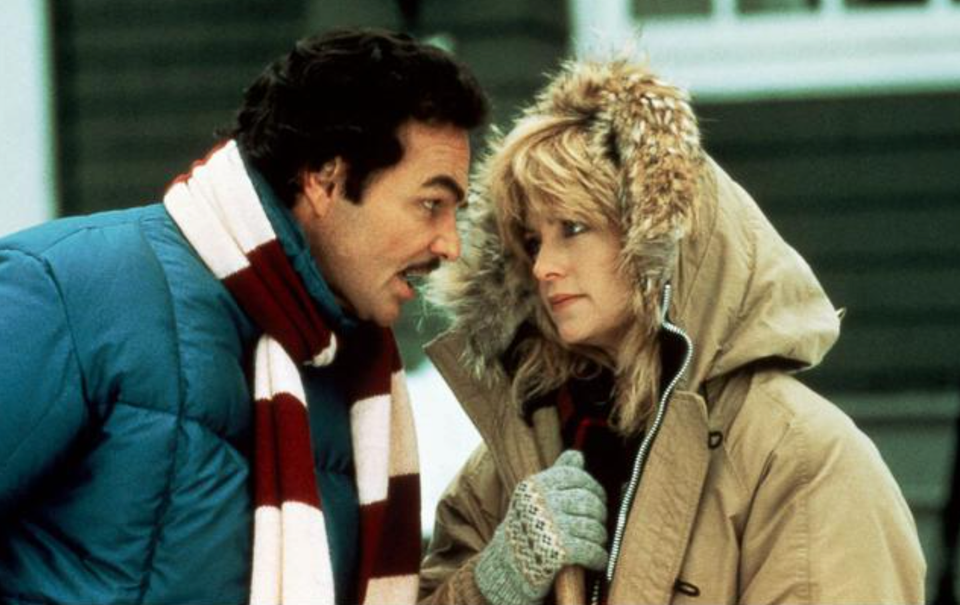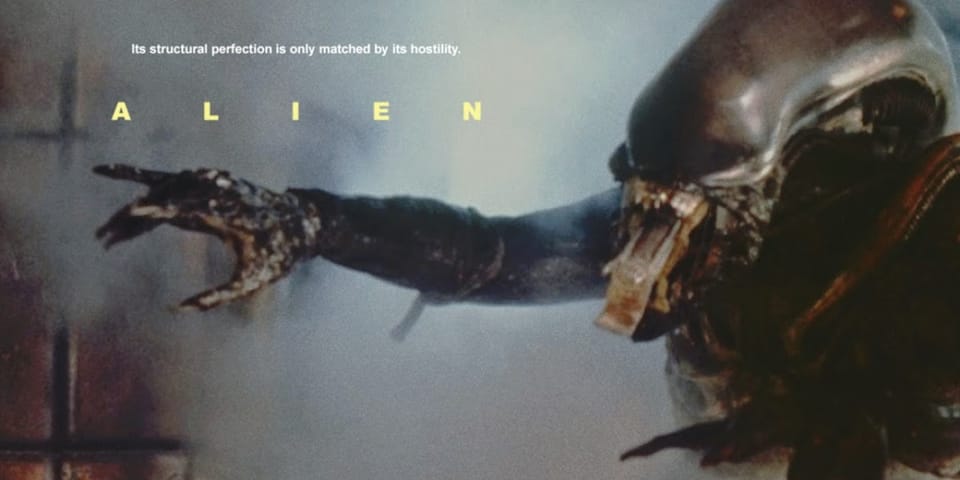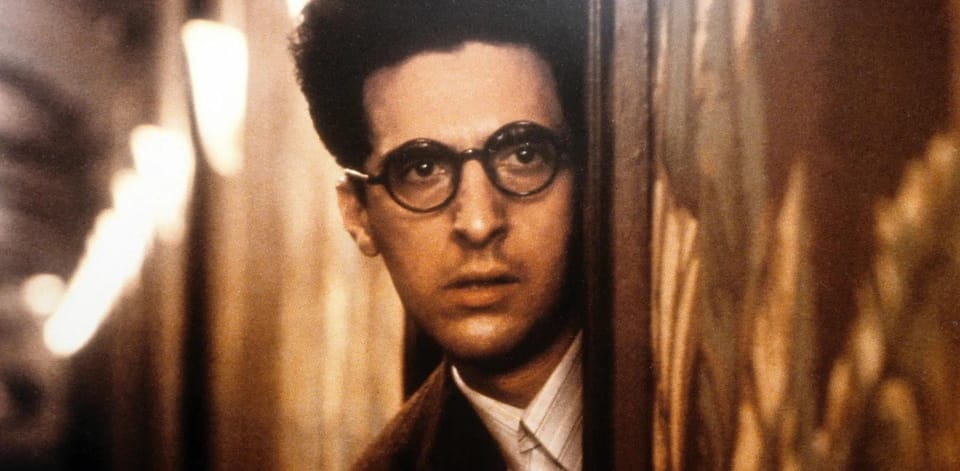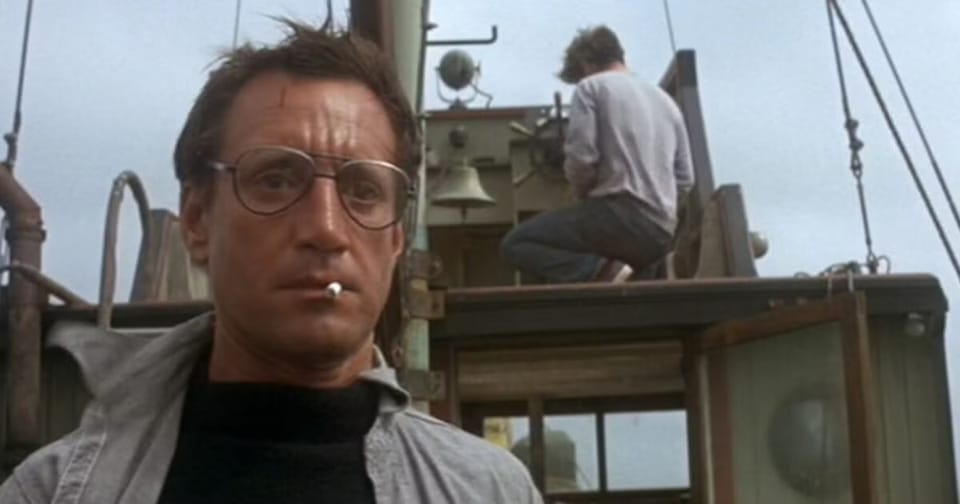What is the audience rooting for?
If I know the answer to these two questions, I can usually make any decision and work myself out of any corner.

The Story and Plot Weekly Email is published every Tuesday morning. Don't miss another one.
A member of the Story and Plot Pro community was stuck this week on choosing a midpoint for their story.
They had two ideas, one a victory and the other a defeat.
It's a story of a woman who leaves her old life, hoping for something more satisfying. The two possible midpoints were:
- A victory, where she really falls in love with her new life.
- A defeat, where her old life invades her new life, and she swears she will never go back.
I knew immediately the answer was #1.
But why?
Because the answer to almost all story problems can be found in two primary questions:
- What story are you telling?
- What emotion are you trying to evoke?
If I know the answer to these two things, I can usually make any decision and work myself out of any corner.
I have spent a good amount of time recently on story, so today I want to focus on the second question, and in this case, a specific subset of that question:
2a: What is the audience rooting for?
There is no better way to evoke an emotion from someone than by exploiting the knowledge of what they WANT to see happen.
Screenwriting is problem-solving.
The longer you do this, the more you can visualize a problem before it emerges, and the faster you can visualize a solution.
The blank page is just another problem to be solved.
It is the nature of creation to have infinite choices.
The sheer amount of these choices can intimidate the best of us. This is why the true nature of structure is to liberate you, not constrain you.
It frees you from the tyranny of endless options while pointing you to the best version of your story (as long as you know what that story is).
Knowing the terms and thinking you understand the expectations of structure is not enough.
If you think structure is a template or a formula, you are not fully utilizing it.
Sooner or later, you need to understand the underlying reasons behind one choice being better than another. This is the only way to realize any kind of consistency in our work.
You are writing for the audience experience.
Our own emotional battle with screenwriting dominates our attention so much that we forget our primary job:
The emotional experience of the audience.
And the experience we wish to give them will usually show us clear as day what choice we want to make.
Guessing is not enough.
And while making a choice is undoubtedly better than not writing anything at all, each choice you make is a commitment to the rest of the story.
After all, every moment is a result of the moment before it.
But this commitment can also freeze us up!
We think there is a "right answer." We convince ourselves that there is something we're supposed to do, and we're afraid to make the wrong call.
But there isn't that binary right/wrong answer here. It doesn't exist.
In order to not make the "wrong choice," we choose a non-choice.
And the non-choice is even worse.
This is a moment or choice that has no emotion in it at all. It's a bland event that evokes nothing, causes nothing, and gives us nothing.
Most damning, it affects nothing and therefore creates nothing after it.
It could just as easily be something else and would make no difference in the story, let alone the audience experience.
Putting words down is not a choice.
Having an intention is a choice.
This is how you judge your own success: your intention and how well you execute that intention.
And that intention can be found in those two questions:
- What story are you telling?
- What emotion are you trying to evoke?
What story are you telling?
In the last few weeks, we have discussed how a story affects a choice.
- What pushes the protagonist towards their ultimate end?
- What pulls them back to where they started, and…
- What tempts them in a new direction?
But remember that second part:
What emotion are you trying to evoke?
This choice affects the choice of what happens on the page. Do you want the audience to feel joy, hope, exhilaration, dread, despair, or anger?
This is a question, both for the scene as a whole, as well as any moment in question.
Make choices with story and emotion.
That is your intention.
Know your intention, and every choice is suddenly much easier to make.
The emotion is tied to what the audience is rooting for.
This is especially true after Act 1, where you carefully crafted the audience experience. This is how you create tension, after all:
- Heighten what the audience hopes will happen, as you:
- Heighten what the audience fears will happen.
Use this rooting interest when you choose the emotion of the scene.
So if you're stuck on just what kind of emotion you want the scene to evoke, look to what the audience wants to see happen and what they don't want to see happen.
Which do you want to feed to better tell your story?
The midpoint of TOOTSIE is a victory.
I know, it's an old movie, but it's one of my favorites. And I love the structure, and I can't keep drawing from the well of RATATOUILLE, LA CONFIDENTIAL, and SKYFALL as an example of the midpoint victory!
Anyway…
The audience is rooting for Michael to get away with this scheme and not get caught. To be more precise, we know Michael needs to be exposed, and we want to see it happen for entertainment purposes, but we are afraid of the pain and humiliation of it and want a happy ending.
When Michael becomes a HUGE success as Dorothy, it's a celebration.
He enjoys all the fame and adulation that he wanted in the beginning. We feel the JOY of it. How do you watch that montage without a smile on your face?
But here is the emotional choice for the structure:
The fame and attention of this success raises the stakes and makes the scenario we fear more likely to happen.
The emotion of the moment and the emotion it is building towards are two different emotions.
Despite the joy of it, it is making what we fear more likely to happen.
The project in Story and Plot Pro.
As a reminder, the writer had narrowed it down to two choices
- A victory, where she really falls in love with her new life.
- A defeat, where her old life invades her new life, and she swears she will never go back.
The lesson of this email is that we ask, "What is the story you are telling?" and "What emotion do you want to evoke?"
You can't really know what emotion you want to evoke until you know what is a good thing in the moment, and what is a bad thing.
And that is tied directly or indirectly to what the audience is rooting for.
Those two questions answered:
- The story is about a woman who pursues her own fulfillment, and in doing so, changes those around her.
- There are some unique intricacies to the story, but surprisingly, the audience WANTS her to go back home if things at home are different.
So if the audience WANTS the woman to go back home, which choice will make it LESS likely to happen?
In this case, it is the first one.
Yes, both move the character away from returning, but the positive energy of falling "in love with new life" is a stronger hold than simply turning away in anger.
In the latter choice, we are really just waiting for her to change her mind. It's superficial.
The former makes the new life more attractive and tightens its hold on her.
It will take much more to pull her away from it.
And we may even be tempted to agree with her! DO we really want her to go back?
If the story can capture our empathy (and it should), we will have our own mixed feelings right along with her.
No choice is in a vacuum.
You are telling one unified story. Each choice is a piece of the puzzle, and you must know the surrounding pieces to fit a new one in.
As with all of our structural choices:
Make the big choices first. Commit to them.
They make all the smaller choices easier. And each choice you make makes the subsequent choices increasingly inevitable.
The Story and Plot Weekly Email is published every Tuesday morning. Don't miss another one.
When you're ready, these are ways I can help you:
WORK WITH ME 1:1
1-on-1 Coaching | Screenplay Consultation
TAKE A COURSE
Mastering Structure | Idea To Outline




